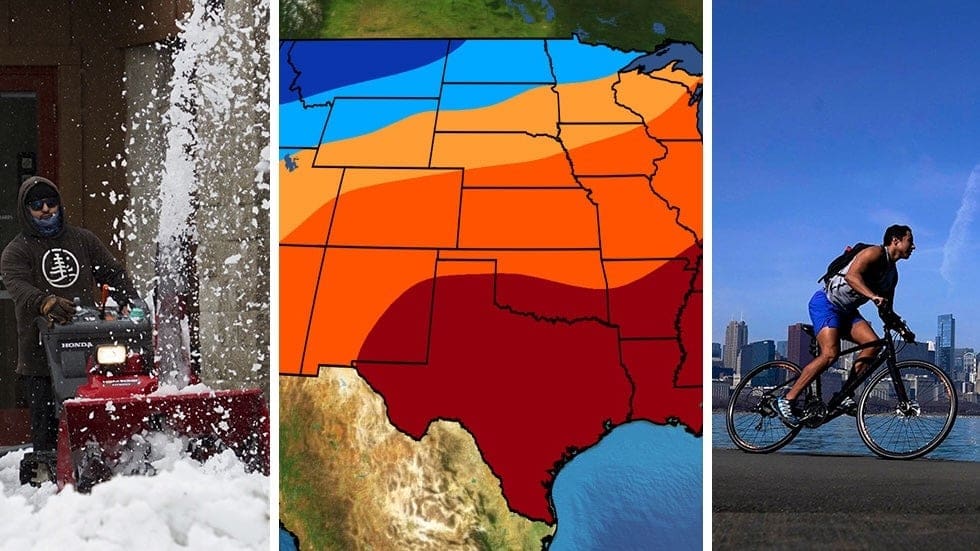As winter 2024-25 approaches, meteorologists are analyzing the differences and similarities compared to last year, focusing on the emergence of a weak La Niña. This climatic shift could significantly influence snowfall in the northern U.S., although a generally warmer winter is still anticipated across much of the country.
In contrast to last year’s El Niño, the development of a weak La Niña this winter highlights potential changes in weather patterns. According to meteorologists at Atmospheric G2 and The Weather Company, a warmer than average winter is expected over much of the United States.
However, colder than usual temperatures are projected for the Northwest and parts of the Northern Plains. Meanwhile, the Southeast is anticipated to experience a warmer winter compared to last year. These predictions align with the typical characteristics associated with a weak La Niña.
Despite these overall trends, variations will occur with cold snaps and warmer spells interspersed throughout the season. December is predicted to start off particularly chilly in the eastern half of the U.S.
A key factor in determining winter weather patterns is the polar vortex. This large area of low pressure and cold air surrounding the North Pole can influence blocking patterns that might pull cold air into the country. Current forecasts suggest a generally stronger polar vortex this year, possibly leading to fewer and less persistent cold air incursions.
Snowfall is another major consideration this season. Historically, weak La Niña winters have resulted in above-average snowfall across regions like the Northwest, upper Midwest, and parts of New England. Areas such as the Cascade Range and northern Rockies are likely to see substantial snow. However, with overall warmer expectations, the Midwest and Northeast may experience more rain than snow.
Drought conditions remain a concern, particularly in the South. La Niña winters often bring drier conditions to regions stretching from the Southwest to the Southeast. NOAA forecasts suggest drought persistence in these areas, extending through parts of the Florida Peninsula. Conversely, the Midwest and Northwest might see relief from dry conditions.
Florida’s winter weather is of particular interest given last winter’s atypical cloudiness. This season, the state is expected to revert to its usual sunny and dry winter, enhancing its appeal to northern visitors seeking respite from cold climates. NOAA’s Climate Prediction Center indicates Florida will likely enjoy warmer and less cloudy conditions than last year.
The upcoming winter season presents a mix of familiar and new weather patterns. While much of the country braces for a warmer than average winter, colder spells and significant snowfall in certain areas remain possible. Meanwhile, regions already grappling with drought should prepare for ongoing dry conditions. As La Niña unfolds, monitoring these developments will be crucial to understanding their impacts across the United States.
Source: Weather














